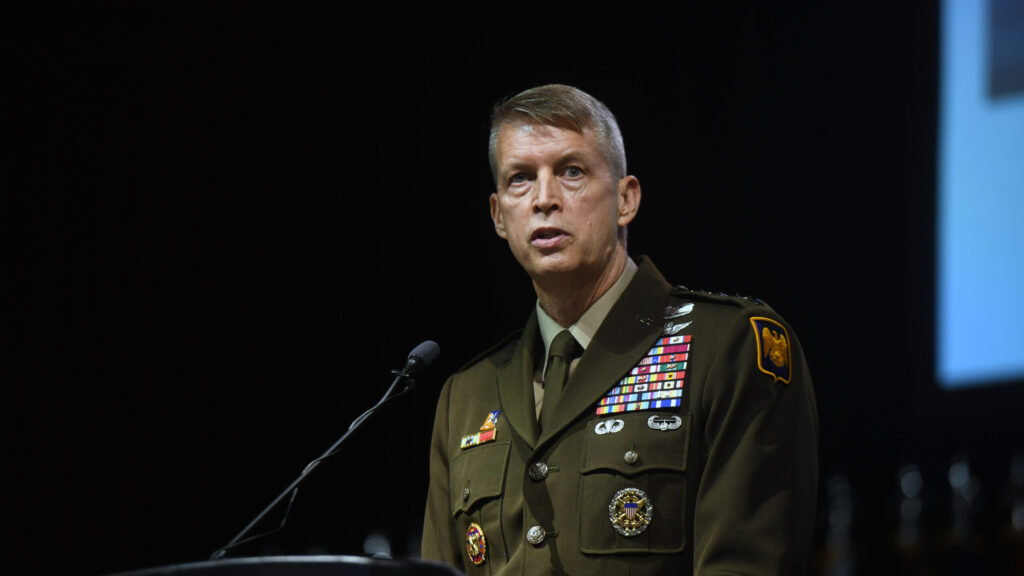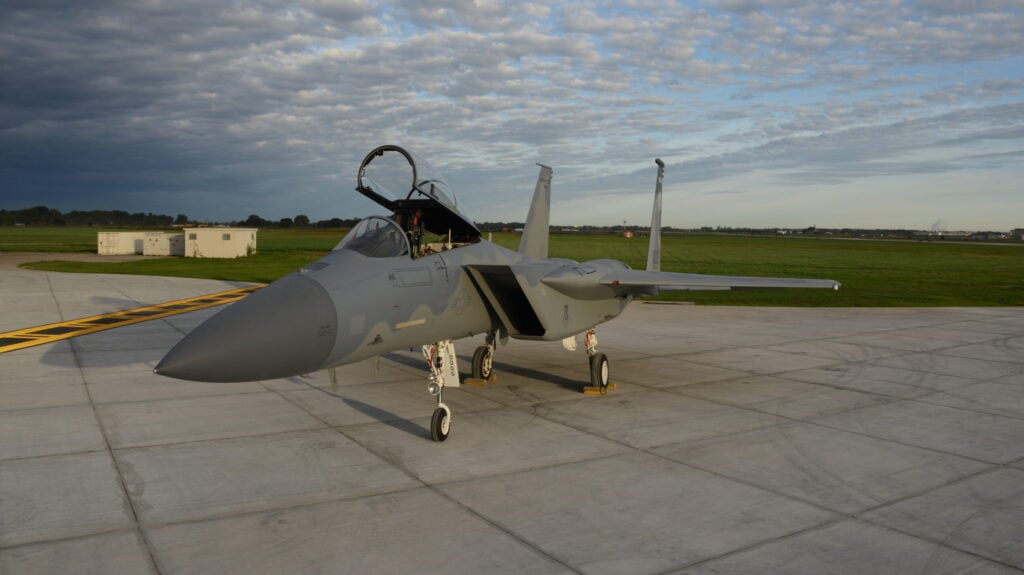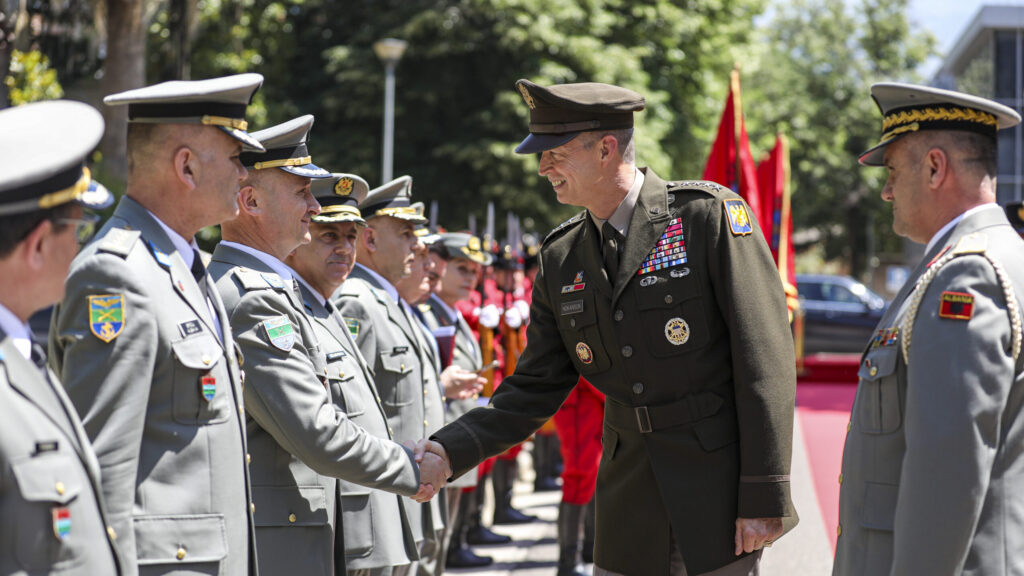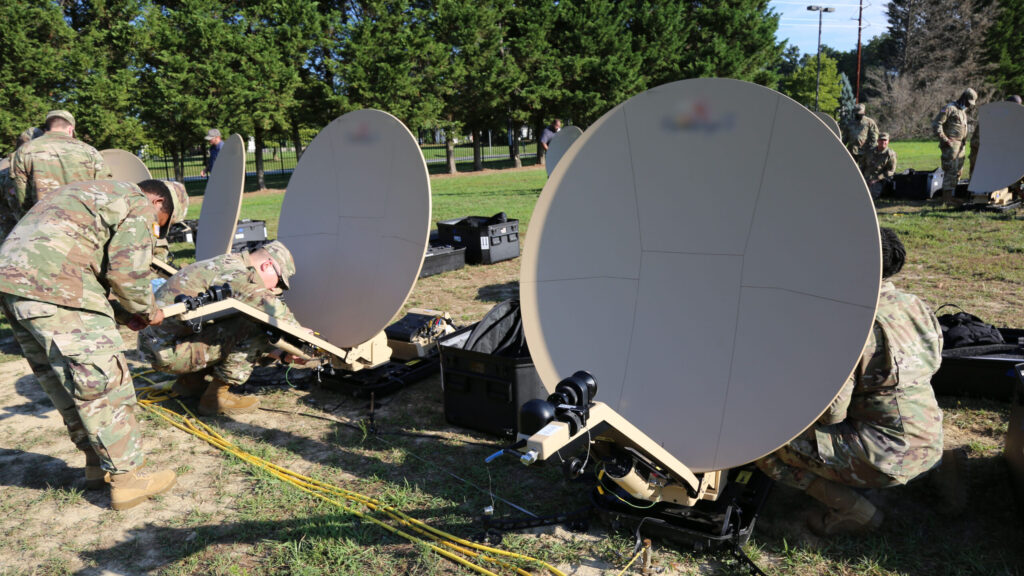- Reaction score
- 8,305
- Points
- 1,160
I thought the US National Guard deserved separate consideration.

 breakingdefense.com
breakingdefense.com

National Guard chief on lessons from Ukraine, COVID-19 and military promotion limbo - Breaking Defense
In part of a wide-ranging interview with Breaking Defense, Gen. Daniel R. Hokanson said "every one" of the holds on confirmation for Joint Chiefs members is exacting a price on the military.
The Guard .... provide 20 percent of the joint force at about 4 percent of the budget — now, it’s not really four, because we use the current service schools and stuff like that, so you know, you could argue what that is in a total amount. But what we have to do is we have to find that balance to where our guardsmen can do their civilian career, they can have their guard career, and frankly, balance that with their family.
at the end of the day, we’ve got an incredible responsibility as 20 percent of the joint force to have ready and capable units when they need them. But we can’t have that if we take so much from people that they end up departing the organization.
You know, like [making the Guard into] school bus drivers during COVID. I totally got it, there was a significant concern, you looked at the demographics, so we were there for the emergency. But once the emergency is over, then, you know, let’s get that back to the people [for whom it’s their] livelihood.
I totally forgot about the bus driver thing. Also a lot of teaching, right?
Interestingly, some of our guards went, “Actually, wow, I love teaching. I want to become a teacher.” So now they have a new civilian job teaching, and they’re still in the guard. And, you know, like many of them, they leverage that skill set, and you never know where it’s gonna lead.
a lot of the state partners (Edit: countries), they’re watching [what is happening in Ukraine]. And of course, each of their countries has their own different view and intelligence service, or just their relationship to what’s going on Ukraine with their respect to their part of the world. And so they’re looking at what can they learn from that or what lessons may be applied to them. And I think it’s causing all of them to, you know, take a look [and say] “Okay, we didn’t think that there’ll be another major war in Europe. And now there is and so, okay, where are we right now?” Recently, we signed a partnership with Austria, a neutral country, and they saw value in a partnership where we trained together, we learn from one another.
For guardsmen, it makes us a lot better, too. Because now you take some of our young men and women that go from their state to a foreign country, they get to help learn the language, they see the environment that they operate in. And then they also get an appreciation for the global environment or the regional issues that they face. So when I was the adjutant general of Oregon, our state partnership was with Vietnam — flooding, wildfires, tsunamis, very similar disasters that we faced, but we shared what we learned from each other. And they said, “Hey, here’s what we do in the Mekong Delta, when we have annual flooding.” We gained a lot from that, and then we talked to them about, “Hey, we have forest fires almost every year in the northwest, here’s how we fight those.” And so by being a two-way relationship, both the state and the country get great buy-in. And in many cases, [the size of a state’s] National Guard is probably equivalent to the size of the military of their partner nation. And so in many cases, it’s almost a peer-to-peer conversation.






